Those familiar with SEO know that the game is always changing. What worked last year or even last month may not be as effective as it is today. But being able to adapt to the changing winds of SEO is what keeps good online marketers in business. So, where is the latest shift in SEO taking place? Answer: Providing a great user experience (UX) for your online visitors.
For a long time now, Google has been letting us know that it’s not enough to have the right keyword in the right place to ensure good rankings. Now more than ever, providing a great user experience (UX) has become a stronger ranking factor. And it makes sense. New websites are popping up every day and they need something to give them a competitive edge when it comes to establishing good rankings. This is where UX is starting to have a major impact on SEO.
What Makes a Good User Experience?
So when we say “good UX,” what are we really saying? While good UX hinges on multiple factors, many of which will depend on your business, the products and services it provides, and the expectations/demographics of your users, there are several core elements to good UX.
1. Mobile Friendliness

Every website today should be using mobile-friendly design. If your website isn’t mobile responsive and your still feeling comfortable with where you’re ranking, you won’t be much longer. You can expect Google to look more favorably at other competing websites that use responsive design. But even if you put aside Google’s preferences, you absolutely have to keep your customer’s experience in mind.
As people’s searching habits continue to go mobile, you as a website owner have to be willing to adapt to how your customers choose to view your website. No one is going to tolerate having to zoom in and out to view and navigate your site. They’re going to leave and find someone who’s willing to accommodate. And nothing signals to Google more strongly to drop your ranking authority than a mass exodus of mobile users.
2. Fast Load Speeds
Making sure that every page loads quickly has always been an important SEO and UX factor. Very few people are going to be patient enough to wait even 5 seconds for your pages to load. Things like sloppily written code, oversized images, and poor information architecture all effect load speeds. But regardless of what’s causing the issue, having a website that loads quickly and doesn’t hog a user’s mobile data is crucial to good UX.
3. Easy Navigation
Another pillar of good UX is making sure your website is easy to navigate. Nothing is more frustrating than to land on a great looking website with great content than have to rack your brain to figure out how to get around the site. Making sure your website has navigation menus that clearly and conveniently point the user in the right direction is an often overlooked step in the web development process. While your primary focus may be on how your website looks, it’s just as important to want to give your users the ability to get where they want to go as quickly and easily as possible.
4. Rich Snippets on Google


Google is constantly developing new ways to provide better UX to its users. Rich snippets are one of their more recent tools for website owners to take advantage of. This allows you to embed images, videos, star ratings, and calendars so they appear on the results page. This allows you to provide more information that is visually engaging before a searcher clicks over to your website.
Not only does this give searchers a better initial look at your business, it also gives search engines more upfront information about your site, making it easier to rank you for relevant keywords.
5. Good Imagery & Video
Users are more likely to linger on a website that has high-quality images and videos. This makes it important for your content to be as visually impressive as it is informative and enticing. So, while the camera on your smartphone may be enough to post a pic on social media, professionally shot photos and videos on your website is a must for delivering a memorable user experience.
UX + SEO = More Happy Customers
The heart of the matter is that UX and SEO cannot be seen as mutually exclusive. These two facets of web development and design have become two inseparable parts of search marketing. Good UX with bad SEO means no one using your website. Good SEO with bad UX means no one staying on your site, which will eventually lead to bad SEO.
In the end, taking every step possible to make your website look and function as good as it can will put you where you want to be in the eyes of search engines and customers.
